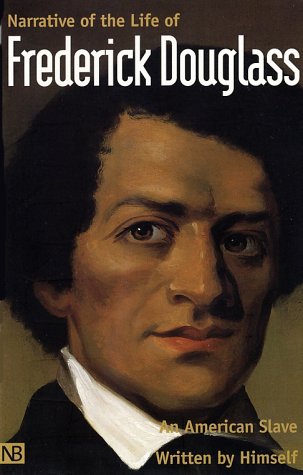“פרדריק דאגלס היה האדם השחור הכי מפורסם בעולם במאה ה19. האמריקאי שצולם הכי הרבה פעמים במהלך המאה, יועץ של נשיאים, שגריר אמריקאי, עיתונאי ועורך כתבי עת, סופר שפרסם רבי מכר, התכתב עם שועי עולם, אבל מעל הכל הוא היה עבד שעשה את דרכו מהגיהנום לחירות.
הספר הזה הוא היצירה שהביאה את דאגלס לגדולה, ותרמה תרומה בלתי ניתנת לזלזול לביטול העבדות בארה"ב. בתור טקסט זו יצירה מכוננת ומשפיעה ברמה החשובה ביותר; החי”







